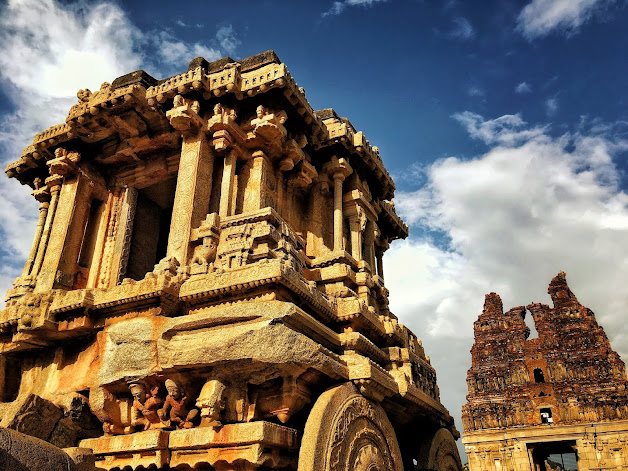Immadi Pulakeshi II: The Lord of The South

Immadi Pulakeshi, also known as Pulakeshin II, was a towering figure in Indian history. Reigning from 610 to 642 CE as the emperor of the Chalukya dynasty, he carved his name in the annals of time with his military prowess, cultural patronage, and unwavering defence of the South. A King Forged in Fire Hailing from Vatapi (present-day Badami in Karnataka), Immadi Pulakeshi ascended the throne at a crucial juncture. The Chalukya kingdom faced challenges from various quarters. He rose to the occasion, consolidating his power and establishing himself as a fearless leader. The Battle That Defined an Era Immadi Pulakeshi's defining moment came in his clash with the mighty Harshavardhana, the emperor of North India. Harshavardhana, ambitious and powerful, sought to expand his empire southward. The inevitable clash occurred on the banks of the Narmada River. Immadi Pulakeshi, with his strategic brilliance and valiant army, emerged victorious. This triumph earned him the illustrious title, ...





